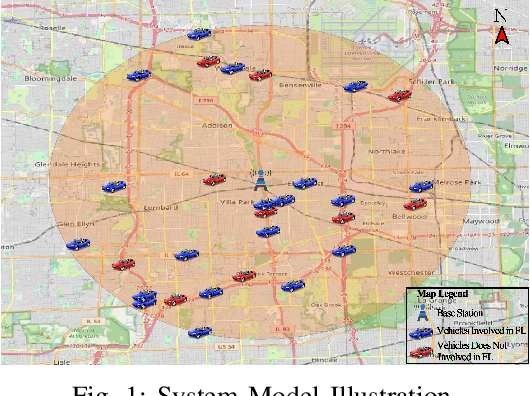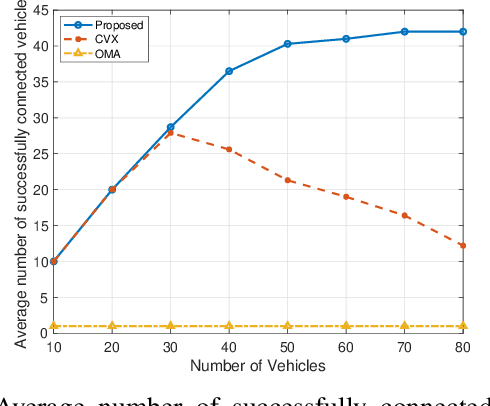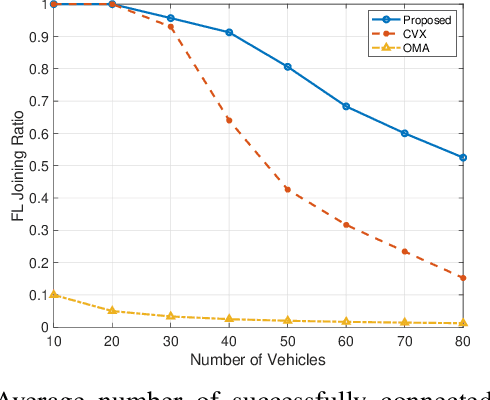Peiyuan Guan
Variational autoencoder-based neural network model compression
Aug 25, 2024



Abstract:Variational Autoencoders (VAEs), as a form of deep generative model, have been widely used in recent years, and shown great great peformance in a number of different domains, including image generation and anomaly detection, etc.. This paper aims to explore neural network model compression method based on VAE. The experiment uses different neural network models for MNIST recognition as compression targets, including Feedforward Neural Network (FNN), Convolutional Neural Network (CNN), Recurrent Neural Network (RNN) and Long Short-Term Memory (LSTM). These models are the most basic models in deep learning, and other more complex and advanced models are based on them or inherit their features and evolve. In the experiment, the first step is to train the models mentioned above, each trained model will have different accuracy and number of total parameters. And then the variants of parameters for each model are processed as training data in VAEs separately, and the trained VAEs are tested by the true model parameters. The experimental results show that using the latent space as a representation of the model compression can improve the compression rate compared to some traditional methods such as pruning and quantization, meanwhile the accuracy is not greatly affected using the model parameters reconstructed based on the latent space. In the future, a variety of different large-scale deep learning models will be used more widely, so exploring different ways to save time and space on saving or transferring models will become necessary, and the use of VAE in this paper can provide a basis for these further explorations.
Optimizing NOMA Transmissions to Advance Federated Learning in Vehicular Networks
Aug 06, 2024



Abstract:Diverse critical data, such as location information and driving patterns, can be collected by IoT devices in vehicular networks to improve driving experiences and road safety. However, drivers are often reluctant to share their data due to privacy concerns. The Federated Vehicular Network (FVN) is a promising technology that tackles these concerns by transmitting model parameters instead of raw data, thereby protecting the privacy of drivers. Nevertheless, the performance of Federated Learning (FL) in a vehicular network depends on the joining ratio, which is restricted by the limited available wireless resources. To address these challenges, this paper proposes to apply Non-Orthogonal Multiple Access (NOMA) to improve the joining ratio in a FVN. Specifically, a vehicle selection and transmission power control algorithm is developed to exploit the power domain differences in the received signal to ensure the maximum number of vehicles capable of joining the FVN. Our simulation results demonstrate that the proposed NOMA-based strategy increases the joining ratio and significantly enhances the performance of the FVN.
 Add to Chrome
Add to Chrome Add to Firefox
Add to Firefox Add to Edge
Add to Edge